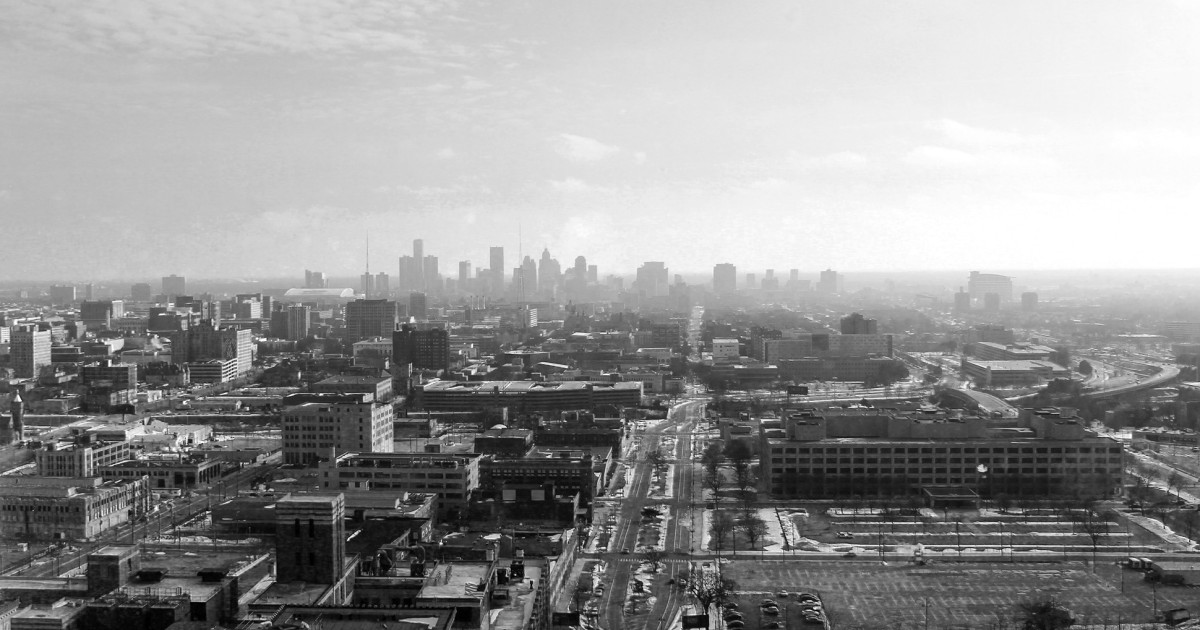I remeber not that long ago that our mill
I guess "not that long ago" is all relative...That was 30 years ago, before it was regulated.
I remeber not that long ago that our mill
I guess "not that long ago" is all relative...That was 30 years ago, before it was regulated.
What is the closest urban area? There may be a county solution or organization that takes them.I tried to get rid of some compact flourescent bulbs while visiting my mom in Virginia and I took them, and the Ace Hardware store I took them to (and where I was buying some LED replacements) told me to just put them in the trash, that nobody recycles those and they had never heard of recycling them. They didn't even know they contained mercury. Aargh.
I understood that most (all?) orange and blue hardware box stores take them. I'm not sure if that's a NYS mandate, but it's worth a try.I tried to get rid of some compact flourescent bulbs while visiting my mom in Virginia and I took them, and the Ace Hardware store I took them to (and where I was buying some LED replacements) told me to just put them in the trash, that nobody recycles those and they had never heard of recycling them. They didn't even know they contained mercury. Aargh.
I've been in the LED industry since 2000 and seen some issues as you report. I am not a EE as you are, but the thermal and mechanical engineer. I've designed and tested a huge variety of LED systems, from traffic signals to flashlights to area lights to channel letters to refrigerator/freezer rail lamps to many types of general illumination bulbs. I still get calls 2-3 times a year on patent dispute cases in the field (expert witness role) as I have some two dozen patents.I didn't mean to imply _everyone_ is getting the super-short lifespans I've observed in a few isolated cases, but the reviews make it clear some are. I would agree with you, those seeing such dramatically short lifespans must be a small minority. But I also suspect very few actually average on the advertised life spans (eg. 16 years @ 3-4 hours per day).
My location is definitely not wet. This pair is tucked way up inside a pair of large PAR38 cans in a porch ceiling, with at least 6 feet over overhang and a dropped soffit. No way have they ever seen moisture, other than some scattering blast when I pressure wash that ceiling once each spring. That was last done 11 months ago, in fact it's coming due, so unlikely a contributor.
I also can't imagine they're getting hot, as the cans are quite deep, vented, and designed to house halogen and incandescent bulbs up to something like 150 watt max. No way is a 7W LED putting off enough heat to nudge that can temperature more than a degree or three.
Maybe it was a fluke, and the other one will go another 12 years? The PAR14 LED's that I have around my adjacent porch seemed to exhibit that behavior, with one infant failure, followed by several years of no trouble from the remainder.
I had an old Cree L-prize bulb until a couple of years ago - weighed a ton with a big mammoth heat sink around it. The early ones had a pseudo-tacky coating on the bulb (not sure why) that was very different. I still have some original straight-tube Osram compact flourescents in some hallway and closet applications and they must be more than 30 years old at this point. I remember paying something like $20 each for them from Real Goods, I think.My (older) L-prize bulb and its derivatives lasted longer
The original Cree bulbs had glass globes, and the company would have been happy to ship them with only the plain glass globes... Some regulatory limitation would not allow them to. The old incandescent bulb was an ancient design that was grandfathered in and generally accepted as safe enough but anything new had to abide by newer regulations.I had an old Cree L-prize bulb until a couple of years ago - weighed a ton with a big mammoth heat sink around it. The early ones had a pseudo-tacky coating on the bulb (not sure why) that was very different. I still have some original straight-tube Osram compact flourescents in some hallway and closet applications and they must be more than 30 years old at this point. I remember paying something like $20 each for them from Real Goods, I think.
lol... so the fuel consumption and emissions of driving a lightbulb 40 miles to the closest urban center is somehow better than throwing it in the trash??What is the closest urban area? There may be a county solution or organization that takes them.

I appreciate your perspective, and I agree on all points, except I'd also counter by saying manufacturers need to design these things to not fail when installed in the most common legacy fixtures. It's just good business. If the bulb is marketed as suitable for halogen replacement use, then it simply must operate reliably in fixtures designed for halogen bulbs!I've been in the LED industry since 2000 and seen some issues as you report. I am not a EE as you are, but the thermal and mechanical engineer. I've designed and tested a huge variety of LED systems, from traffic signals to flashlights to area lights to channel letters to refrigerator/freezer rail lamps to many types of general illumination bulbs. I still get calls 2-3 times a year on patent dispute cases in the field (expert witness role) as I have some two dozen patents.
Your cans should be adequate, but the disparity of 150W rating vs the 7W LED output isn't a true comparison. LEDs don't dissipate much heat by radiation as halogen and incandescent do, but more by convection (conduction at the die itself, but convection on the bulb exterior). And halogen/incandescent can easily take much higher temperatures than the LED driver components in the bulb base. Your can rating for a convectively cooled device is more likely 25-40W, though if your venting is good it could be more. Also, if the inside of your can is reflective around the driver, it isn't helping an LED bulb. Paint it.
If you take any of your failed bulbs, disassemble one and look at the driver. Being an EE you should find what is not working. My guess is the driver's capacitors are usually to blame as they use the cheap 85C electrolytic ones in the buck/boost circuits. The drivers get hot so this isn't unusual when the bulb environment is pushed even a little. If you repair it, put a thermal potting compound in it and not the cheap junk they use usually. That will help considerably. And many don't have any potting compound which only makes it worse for the driver.
I initially "thumbed up" this post.I recall the stat years ago (never verified) that the avoided mercury emissions from coal burning was far greater than the mercury in a CFL bulb. There is also that whole mercury vapor versus methyl mercury thing.
So I have never worried too much about CFL bulbs. If someplace takes them sure, otherwise, I will toss them.
I initially "thumbed up" this post.
However, it bothers me.
Why add a little poison to [anything] because one has prevented a larger poisoning from happening...?!
We're considered rural and are unincorporated, yet we have 2 collection sites. Considering we have to drive 10 miles to get into town, no big deal to bring them when grocery shopping. Especially considering we don't need a gas guzzler to do this.lol... so the fuel consumption and emissions of driving a lightbulb 40 miles to the closest urban center is somehow better than throwing it in the trash??
Diesel is a lot more expensive than regular gas here. It's been that way for several years now and with the greater cost there has been a significant decline in these vehicles locally.And people will keep buying diesels rather than, say, a gasoline alternative, or a diesel that is more expensive and less performant with annoying emission controls.
Why? BC they don't care.
Not for me, and I know Ashful wasn't referencing me in particular, but that is why I held onto those bulbs in Virginia (for now) because I didn't want to drive around hoping to find someone to take them. I'll just bring them back to NY when I can transport them safely and take them to the country transfer station next time I go there (they take bulbs of all types).lol... so the fuel consumption and emissions of driving a lightbulb 40 miles to the closest urban center is somehow better than throwing it in the trash??
This is a strawman argument. It is the same as "MY CO2 doesn't kill anybody".I don't want to justify throwing mercury into the trash... but.
The dose makes the poison. What are the odds that me throwing my old CFL bulb in the trash will result in loss of human life?
See above.What are the expected deaths from 100 million households doing the same?

I allow myself to not care about a single CFL bulb IF the box stores don't take them anymore.
Exactly, like "my little mercury is not hurting anyone".I also believe that the human brain does a lot of weird math...
Even when it does not take any effort other than keeping them in a place (e.g. where batteries for recycling also go) and bringing them to a suitable place whenever one goes there anyway.I try to rank order impacts and tackle the biggest ones first. And that involves letting a few drop to the bottom of the list.
Agreed with all of Woodgeek's points and stoveliker's points (he was typing his reply as I was typing mine), and as Woodgeek pointed out, it doesn't mean we should "add a little poison" by not going to the bother of recycling flourescents, but if nobody recycled them it would result in a greater good than not using them at all.Why add a little poison to [anything] because one has prevented a larger poisoning from happening...?!
I do agree with this very much -Another way to think about how others think about this is that I had numerous environmentally-conscious friends back in the day who wouldn't use compact flourescents (this is before LEDs) because they contained mercury. Meanwhile, they continued to use incandescents back in the day when NY had something like 20%+ of electricity of generation coming from coal and another 40% from petroleum and natural gas. Meanwhile, the Adirondacks were being sulfur dioxide and mercury-poisoned by midwestern (and NY) coal generation. Yes, it is one small decision, but the logic used was upside down in terms of what was the greater good and the worse evil.

There is a math error here going mg to kg. The correct estimate is 2560 kg, or 2.5 tonnes of Hg per year in the US.The average bulb contains 4 milligrams of mercury. Times 670 million = 2,680,000 kg of mercury ending up in the environment - for no other reason than laziness to save them up and bring them to an orange or blue box store where most folks (on here) go to at least once every five years, I surmise.



We use essential cookies to make this site work, and optional cookies to enhance your experience.

